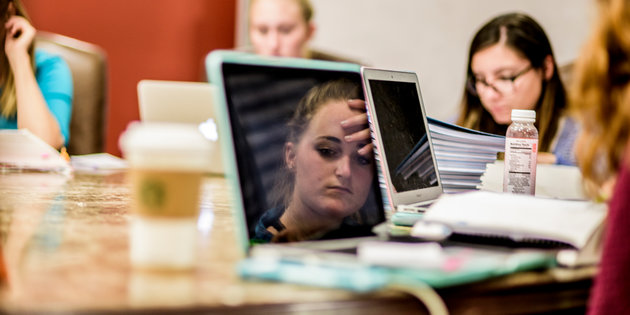Utilizing Classroom Assessment Techniques
Do you ever find yourself lecturing for a while, then pausing to solicit questions and comments? Do you catch yourself asking vague questions like "Was that clear?" or "Everybody with me?" or even just "OK?" And if so, have you noticed that the most common student responses range from silence to bland nonverbal affirmations of understanding—affirmations that are later belied by quiz or test scores?
In a recent Faculty Focus article, Pete Watkins (Associate Director of the Center for the Advancement of Teaching at Temple University) reminds readers of a much better alternative to these vague check-in questions: Classroom Assessment Techniques. In general, CATs are short activities by which teachers can engage students in immediate review or metacognition and also generate valuable feedback about student understanding.

Watkins's parade example is the "muddiest point" exercise, which "simply asks students to write for a few minutes about what they consider to be [the] most confusing or unclear aspects of the concept being explored." The instructor can collect these brief writings (I use index cards to make this more convenient) and use them diagnostically to assess comprehension and inform the agenda for upcoming class sessions. Teachers can also transition from the individual writing of muddiest points into peer instruction, by having students pair up to clarify their muddiest points together.
The muddiest point exercises is just one of many possible CATs. The classic resource on CATs is Thomas Angelo and Patricia Cross, Classroom Assessment Techniques: A Handbook for College Teachers, 2nd ed. (San Francisco: Jossey-Bass, 1993). The first hundred or so pages lay the theoretical and practical groundwork for CATs, and the remainder of the book describes fifty specific techniques. The Center for Teaching Excellence has four copies of Classroom Assessment Techniques available in the CTE/SSC suite on the second floor of Payson Library. You can also borrow a copy by arrangement with the CTE director, or find a copy in the oversized book section of Payson Library's circulating collection.